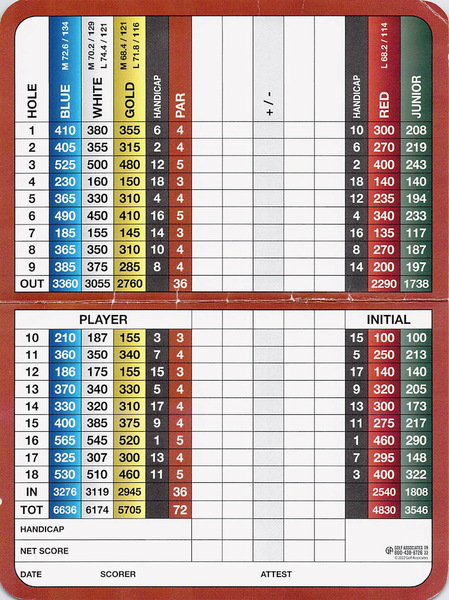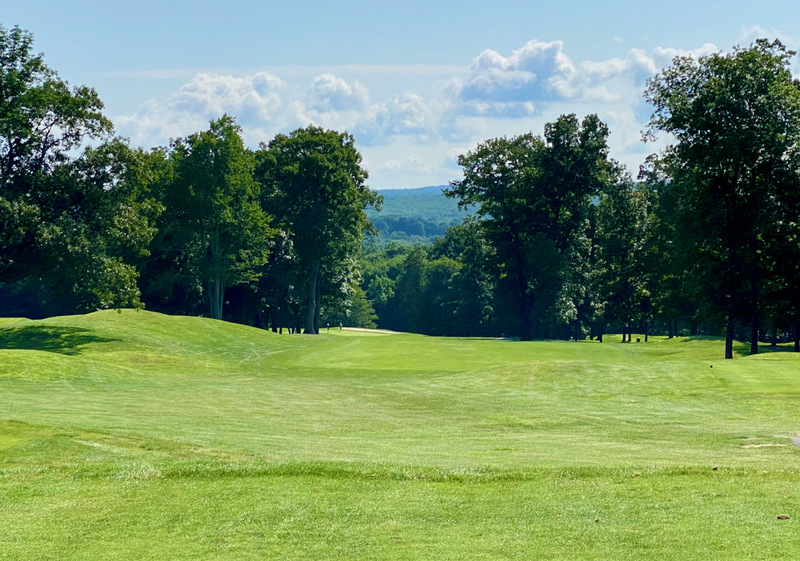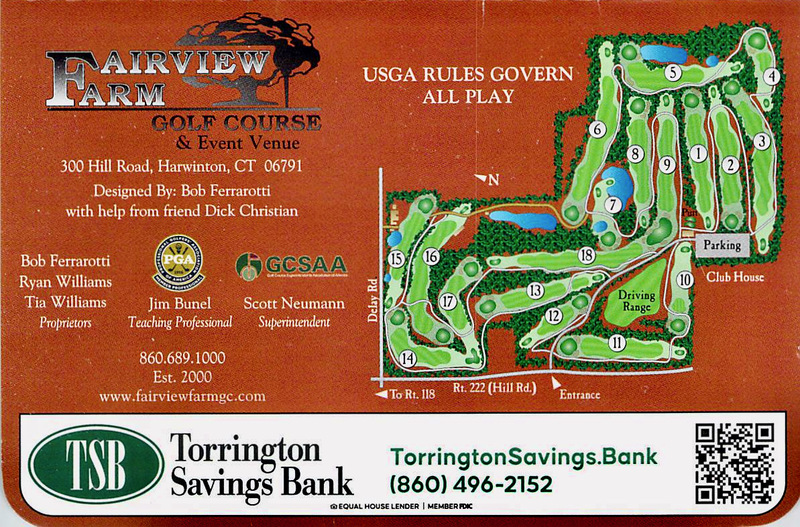Almost heaven, west Virginia,
Blue Ridge Mountains,
Shenandoah Valley
– Bill Danoff, Taffy Nivert, John Denver
On our way to and from a family vacation in North Carolina, my wife and I stopped in Harrisonburg, VA, just off Interstate 81 that runs beside the Blue Ridge Mountains and through the heart of Virginia’s Shenandoah Valley. As interstates go, it is a beautiful drive – if you ignore all the huge trucks, which is hard to do. (You have the option of traveling on the Blue Ridge Parkway, if you are not in a hurry, since the road is windy and the drop-dead gorgeous views are distracting.)
But Harrisonburg, home to James Madison University, was a revelation, and it left me thinking that it could make for a fine retirement location, even with a few snowy days in January. Full disclosure: I have never played golf in or near Harrisonburg. My son attended university 60 miles down the interstate in Lexington, at Washington & Lee, and I played a few rounds there and an hour south in Roanoke, but Harrisonburg was a mystery to me. No more.
Since the town was about halfway between our Connecticut home and our vacation destination on Lake Lure in North Carolina, we stopped in Harrisonburg for the night. We had an early dinner at Jimmy Madison’s, a downtown tavern slash barbecue joint, and the ‘cue was excellent, as good as anything I am used to in the Carolinas, although a slightly different style (more Texas-style). Before dinner, we had ducked into a storefront that houses 25 shops with items ranging from exotic margarita mixes to fragrant smelling candles and soaps, all made locally, to kids clothing and a coffee bar called Broad Porch where I picked up a bag of beans to bring to Lake Lure. (The coffee was so good that I signed up later to have a few bags shipped to our home in Connecticut.)
On our way back north, we arrived in Harrisonburg during dinner hours. I had made a reservation at Rocktown Kitchen; “Rocktown” is Harrisonburg’s nickname for a predecessor town whose foundation was limestone-rich soil. Our dinner was, again, terrific, this time more mainstream American. Prime rib was a Saturday night special, and I couldn’t resist. (I know, Mom, I eat too much red meat.) It was about the best-prepared quality piece of meat I’ve had in recent years. My wife enjoyed her NY strip steak, and the apps we shared – fried green tomatoes and fried oysters – were great starters. (Okay, so the cheesecake dessert was a little too sweet for my taste, but not close to a pleasure killer.)
Harrisonburg must be a summertime magnet for students and alumni of James Madison because all our servers in the restaurants and at the coffee bar appeared to be in their early 20s. They provide a jolt of vibrancy -- and commercial success -- to the downtown area. We tried to have brunch on Sunday at the Magpie Diner just north of downtown, but the wait was 40 minutes and we were eager to get on the road. But, conveniently next door, were a bakery and separate tiny coffee shop – no seating except outside on a concrete wall -- where the young barista had three carafes lined up and was doing pour overs. The pastries and coffees were exceptional and more than neutralized our disappointment at missing out on a full brunch.
I can’t yet vouch for the golf in the area, but I plan to stay at the Shenvalee Resort in September, about 20 minutes north of Harrisonburg, and play its semi-private course. I’m especially excited because I am slated to play the round with Jefferson Burgess, a native to the area who recently started a print magazine called Bo Birdie, the “Bo” referring to bogey and, well, you get the rest. His is a courageous undertaking, a print publication in a digital age that regales the golfing lifestyle in the Shenandoah Valley. His aim is apparently to put local golf on the map, and the fact that the magazine was available for free at the Virginia Welcome Center shows he is serious. I can’t wait to talk with him about his bold venture – and to report back to you, dear reader.




























